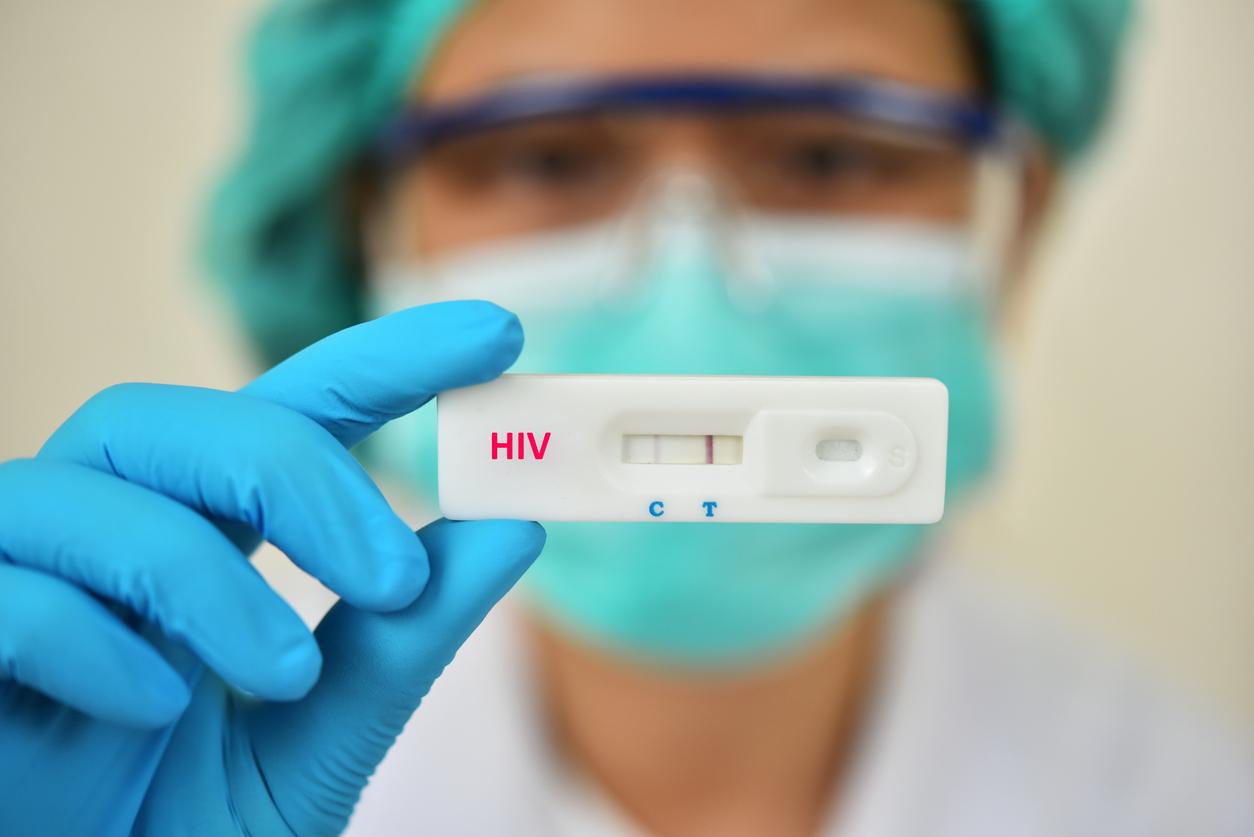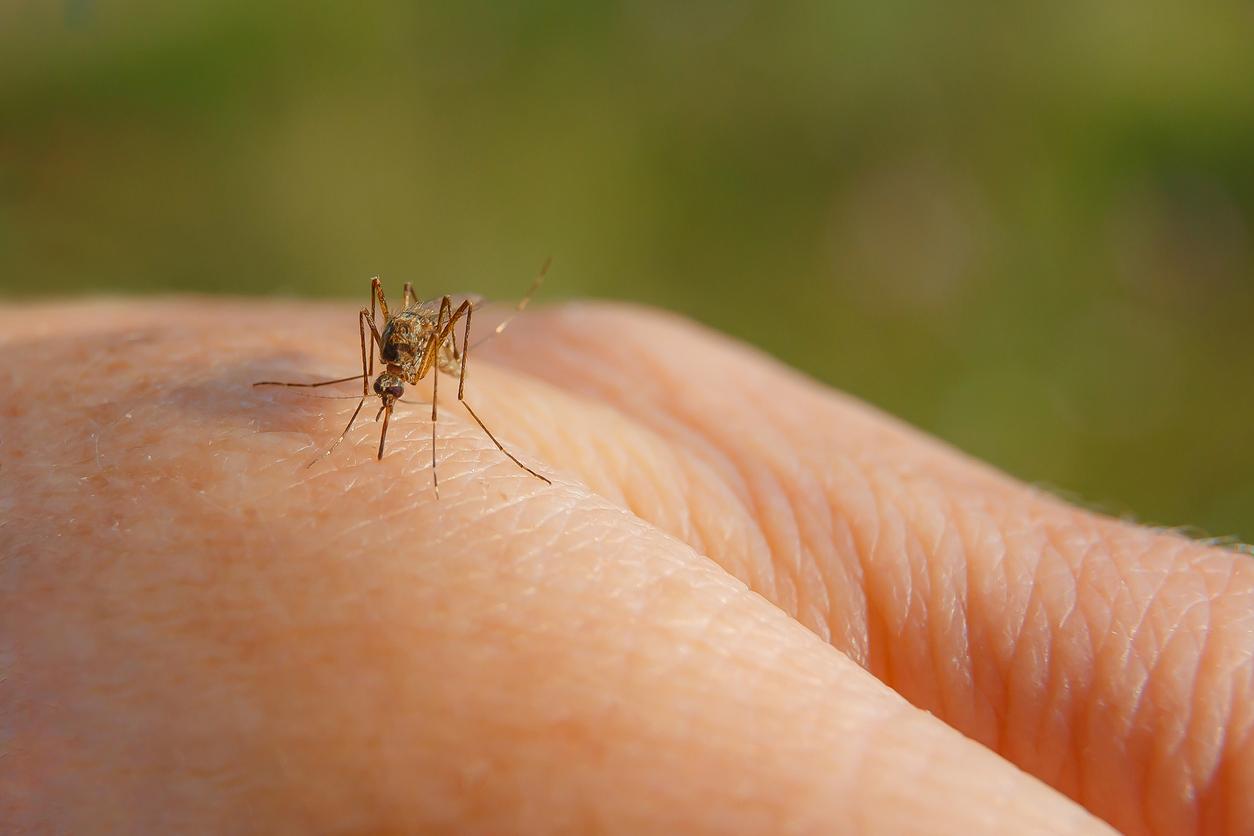The host Michel Drucker is hospitalized because of an infective endocarditis, that is to say an inflammation of the structures of the heart.

- The pathology developed following the contraction of a staphylococcus during a visit by Michel Drucker to his dentist.
- Infective endocarditis occurs when bacteria enter the bloodstream and are carried to previously damaged heart valves and attach themselves there.
- Infectious endocarditis can cause a stroke or damage the spleen, kidneys or other organs.
“He is recovering, things are going well.” PAF veterinarian Hélène Gateau gave news of Michel Drucker, who had heart surgery on Saturday September 26 and has since been hospitalized.
Abnormal shortness of breath
The star public service presenter has been affected by infective endocarditis, which is inflammation of the structures and inner lining of the heart, which can potentially damage heart valves. The pathology, detected following abnormal shortness of breath, developed following the contraction of a staphylococcus during a visit by Michel Drucker to his dentist.
Infective endocarditis occurs when bacteria enter the bloodstream, then are transported to previously damaged heart valves and attach themselves there. Certain surgical, dental or medical procedures can be a vector of the infection, as well as a lesion of the skin, the oral mucosa or the gums*.
Unclog coronary arteries
Endocarditis can also be non-infectious. In this case, blood clots free of microorganisms form on the heart valves and on the adjacent endocardium. Noninfectious endocarditis sometimes leads to infective endocarditis because microorganisms can attach to and grow in fibrous blood clots.
In both infective and non-infectious endocarditis, accumulations of blood clots (and bacteria in infective endocarditis) can break away from the heart wall (becoming an emboli), travel through the bloodstream, and clog an artery. This can cause a stroke or damage the spleen, kidneys or other organs. Michel Drucker therefore underwent an operation to “unclog the coronary arteries, which have the role of vascularizing the heart muscle, in order to prevent any infarction”, as Le Parisien explains.
*Main source of the article: MSDmanual.

.

















